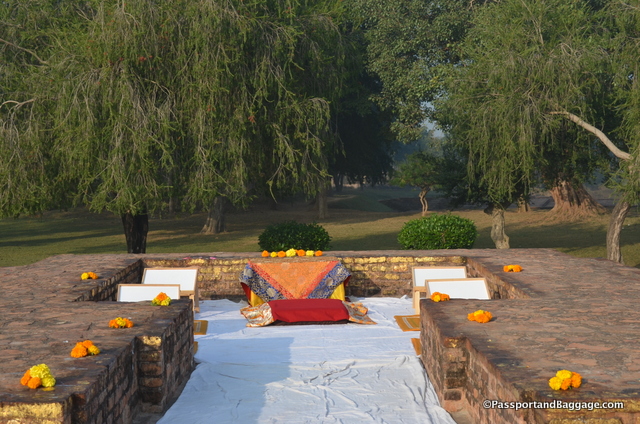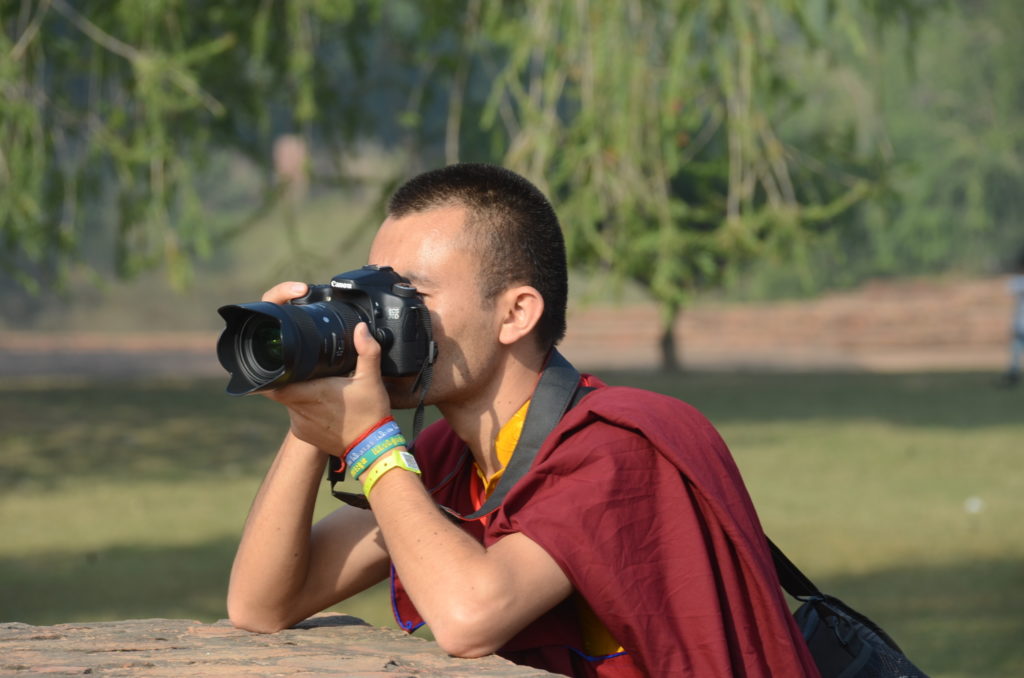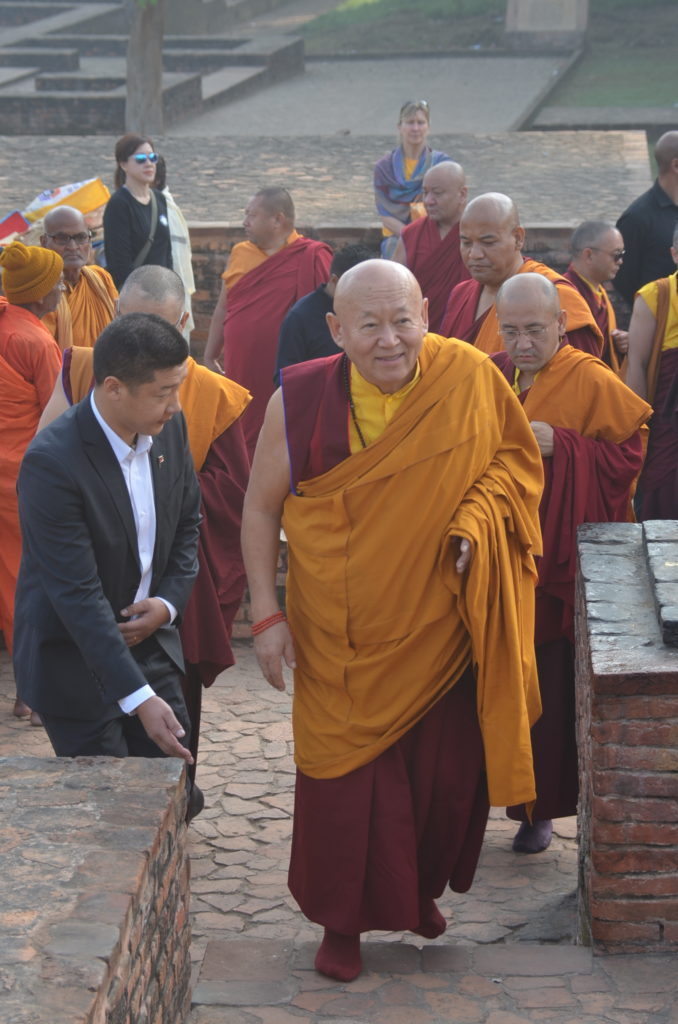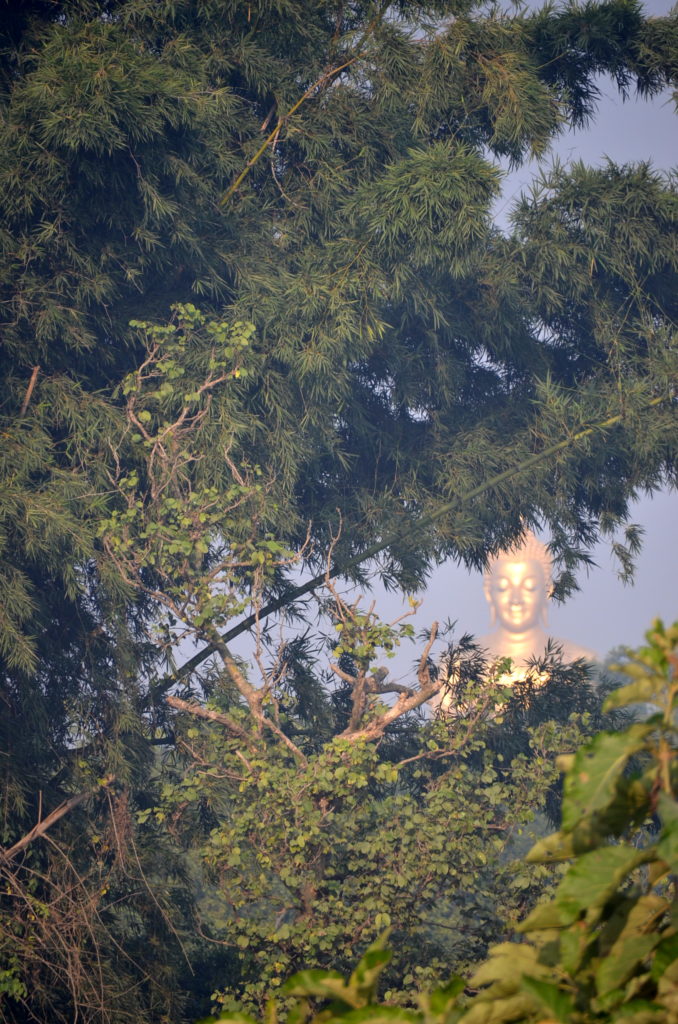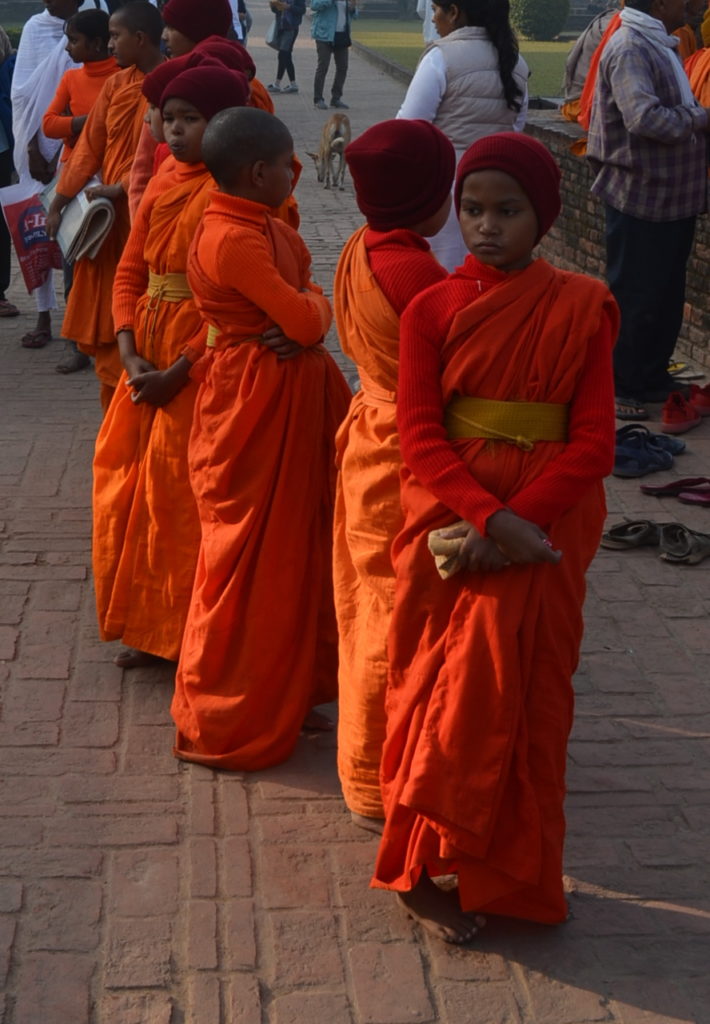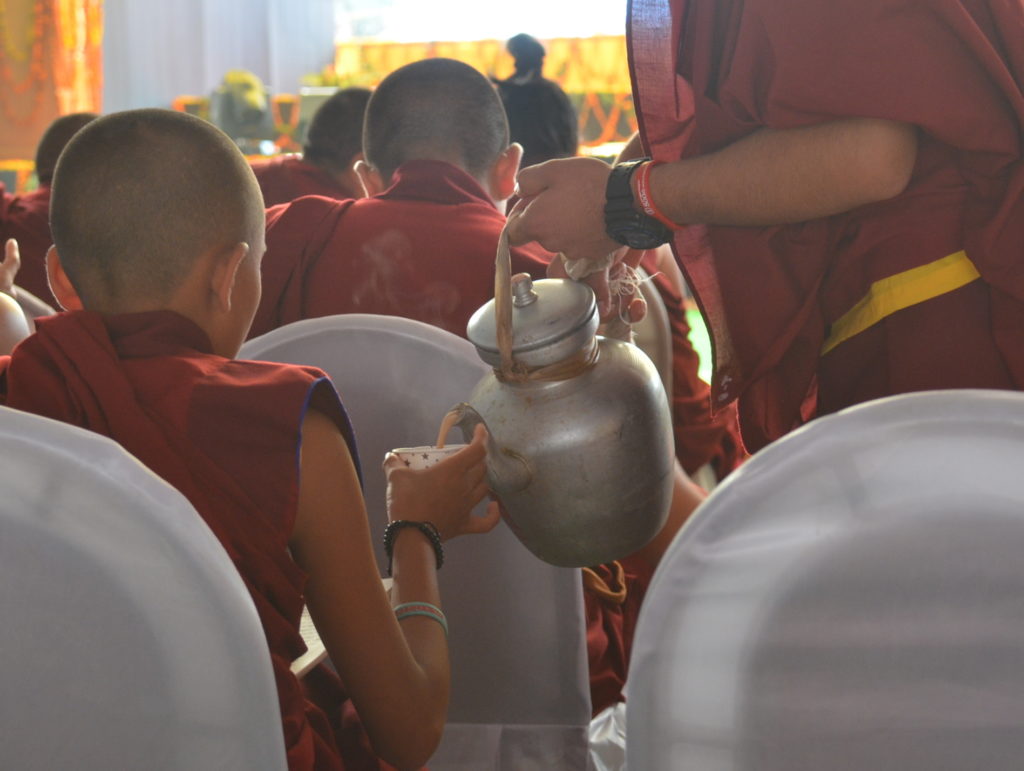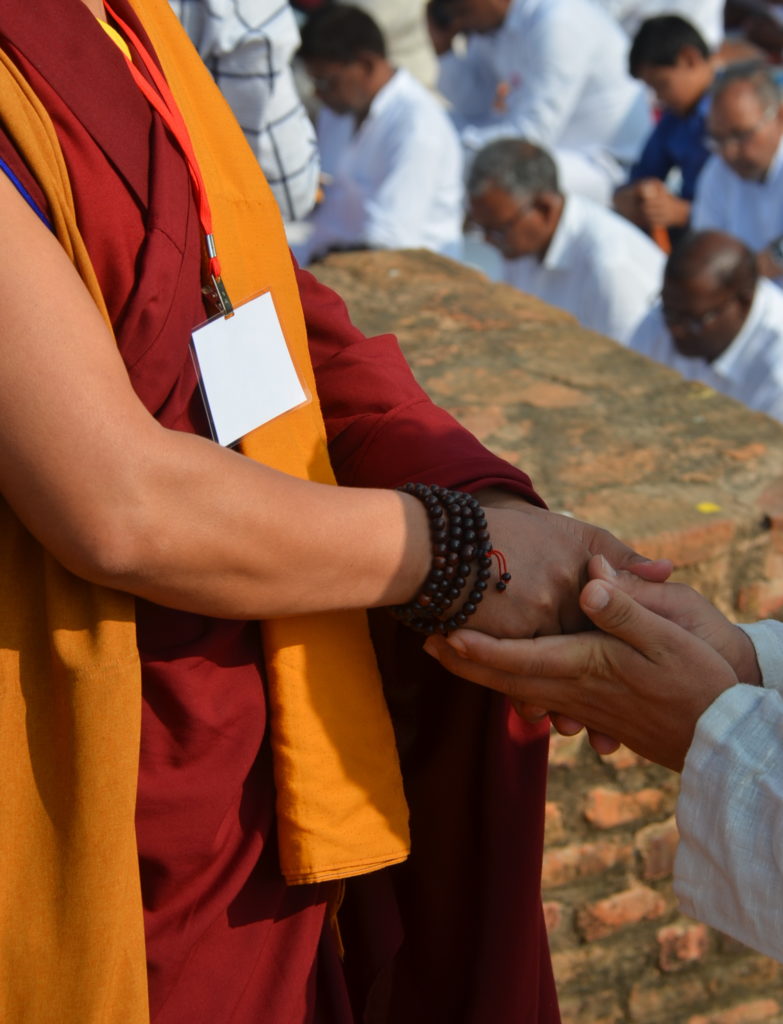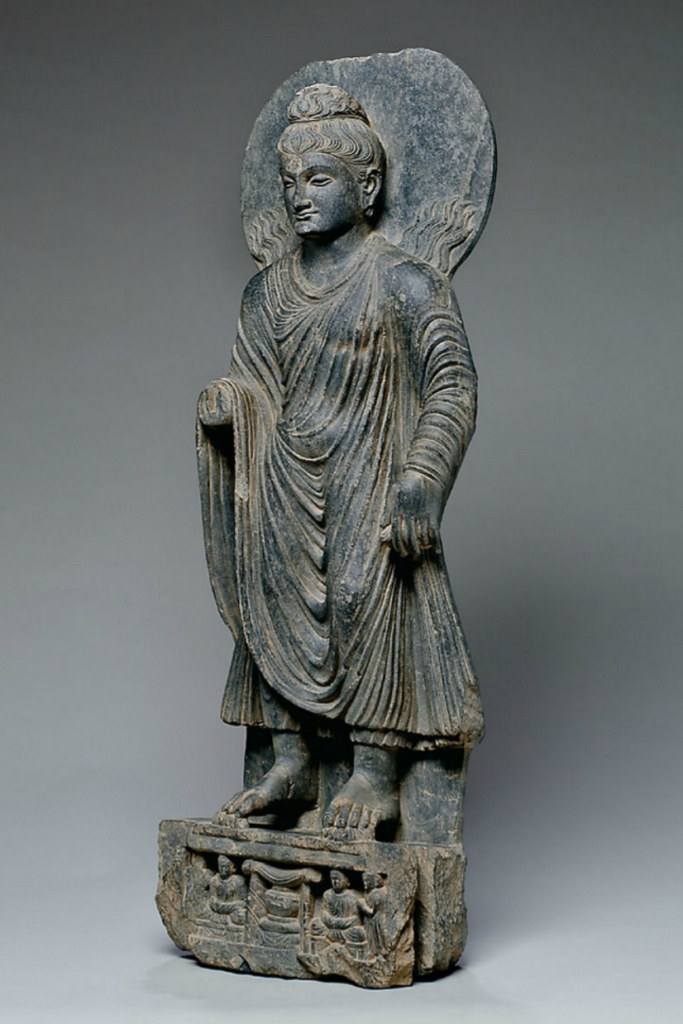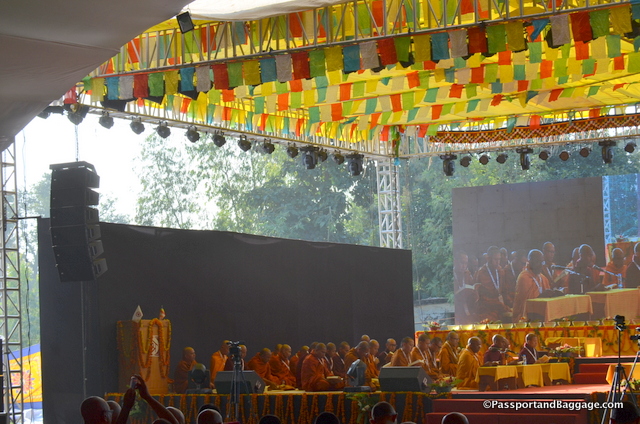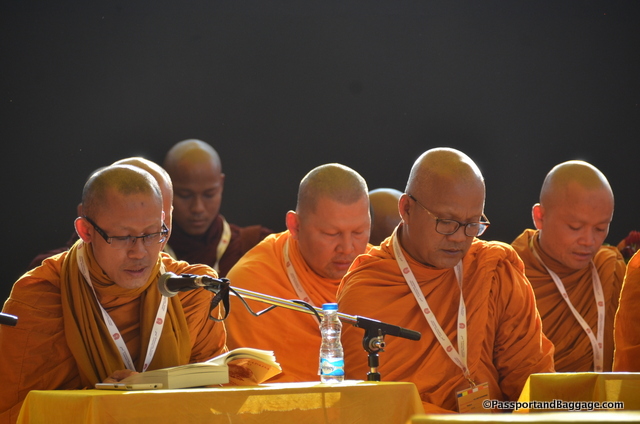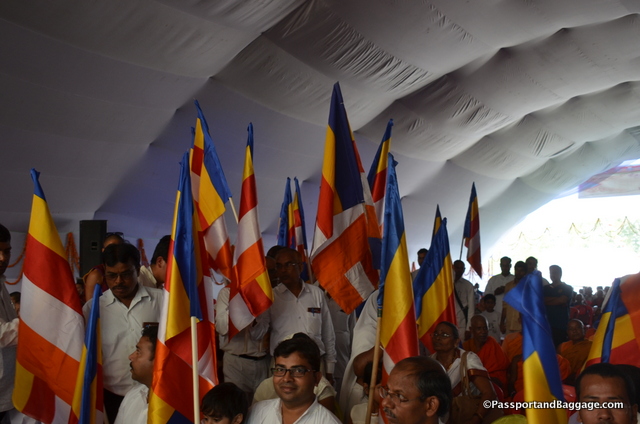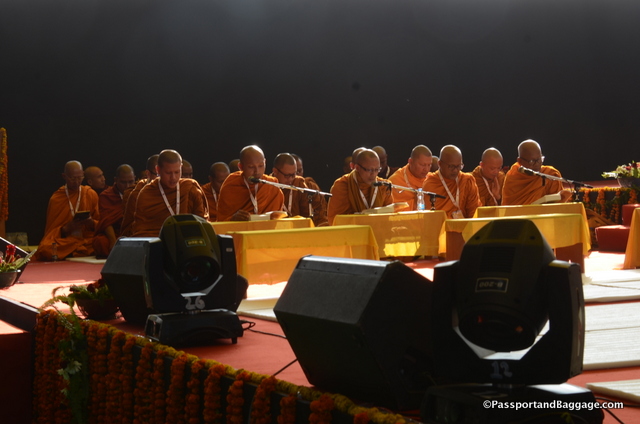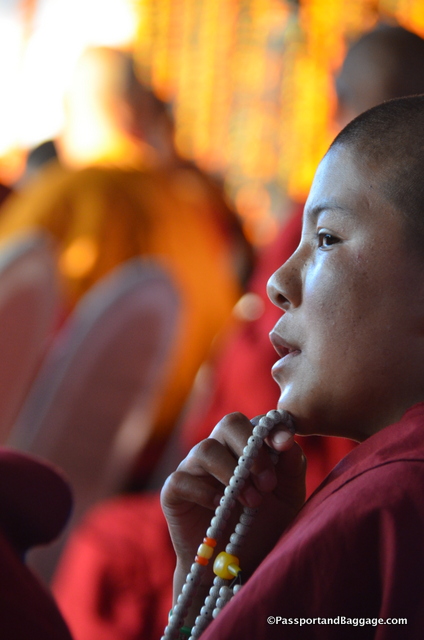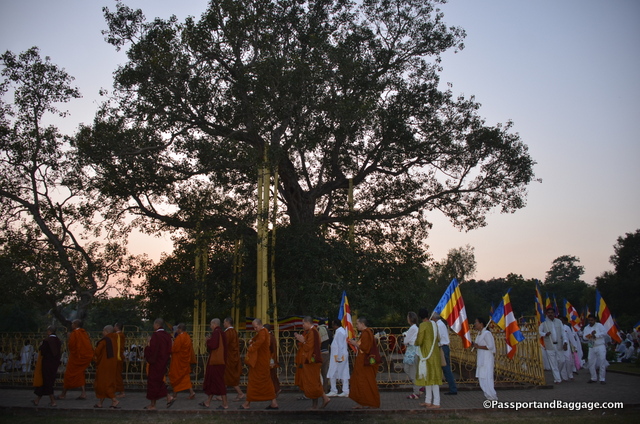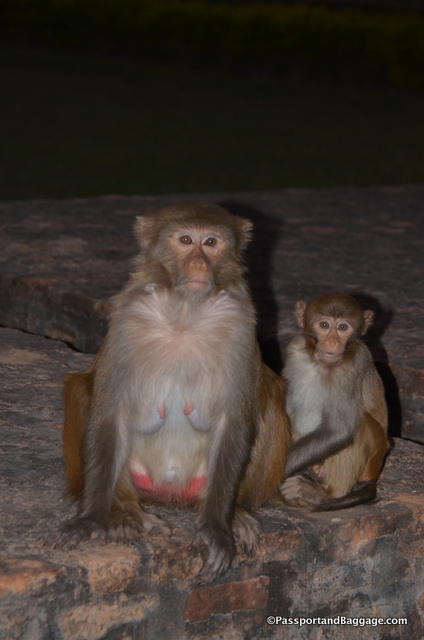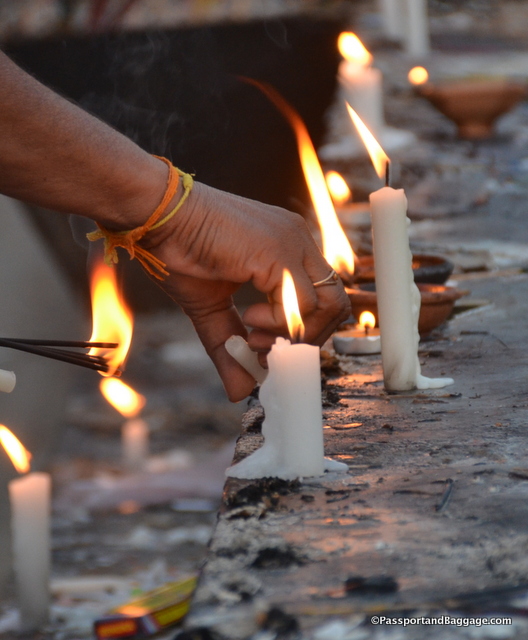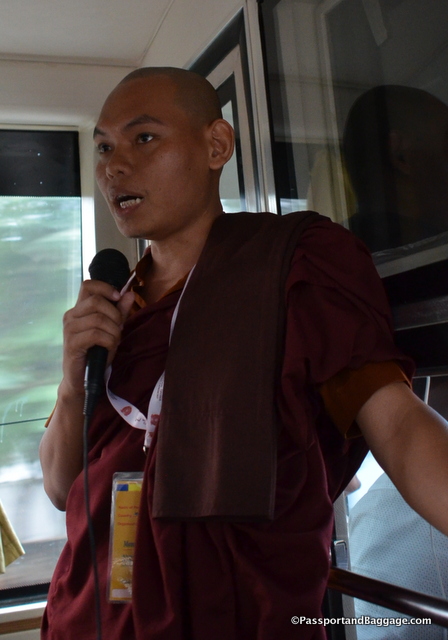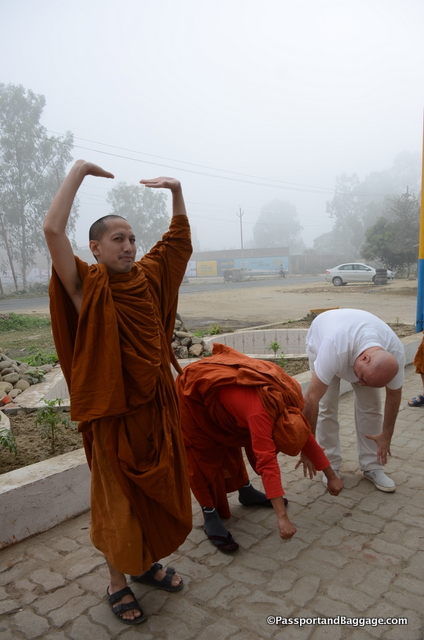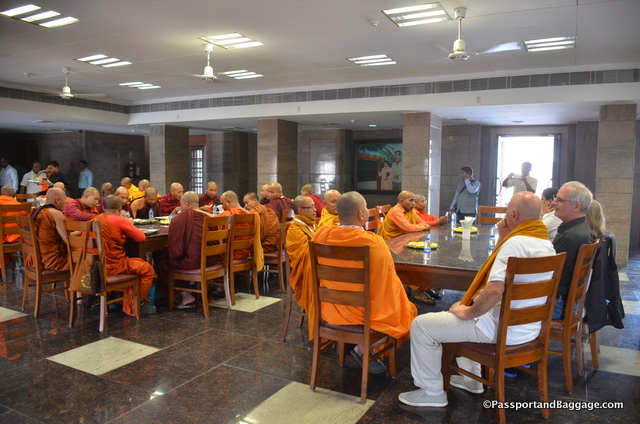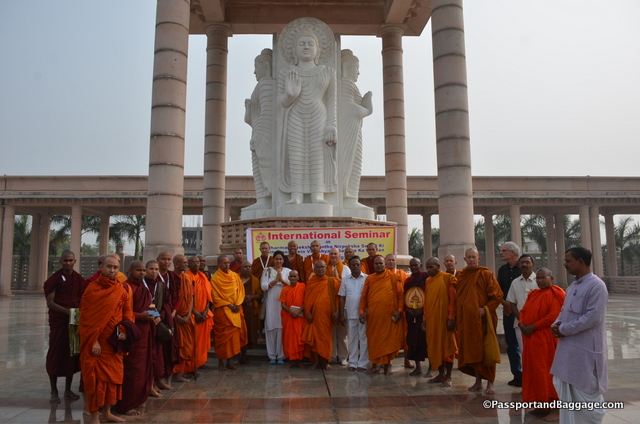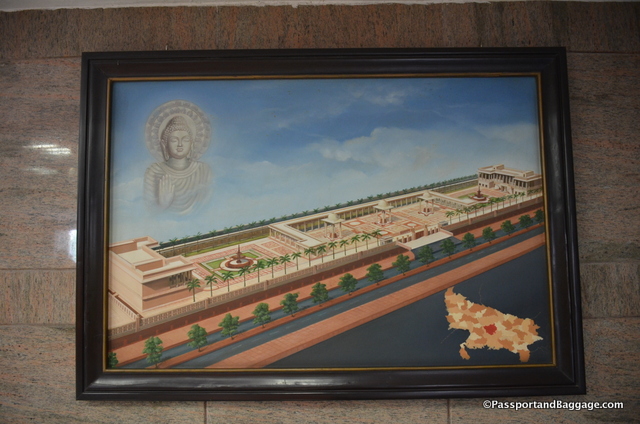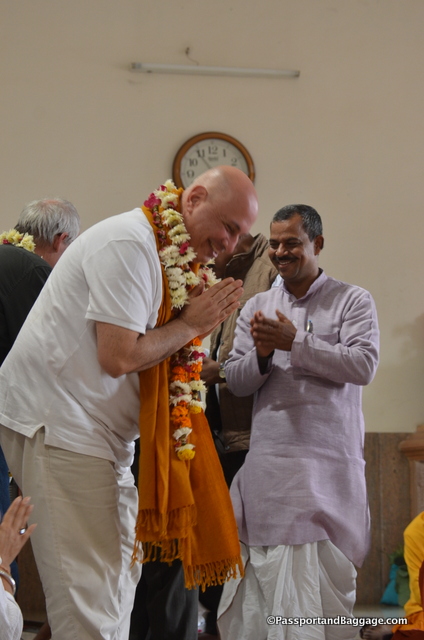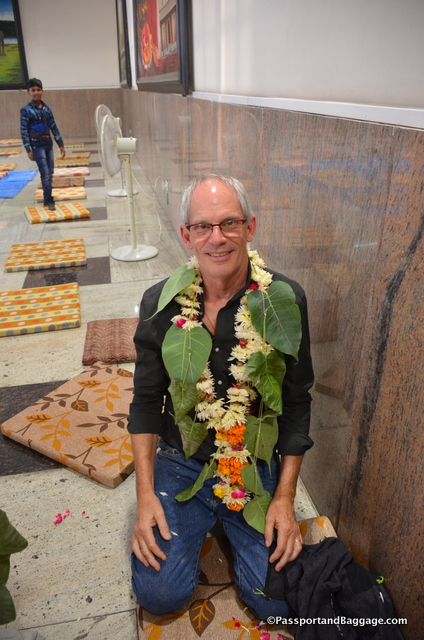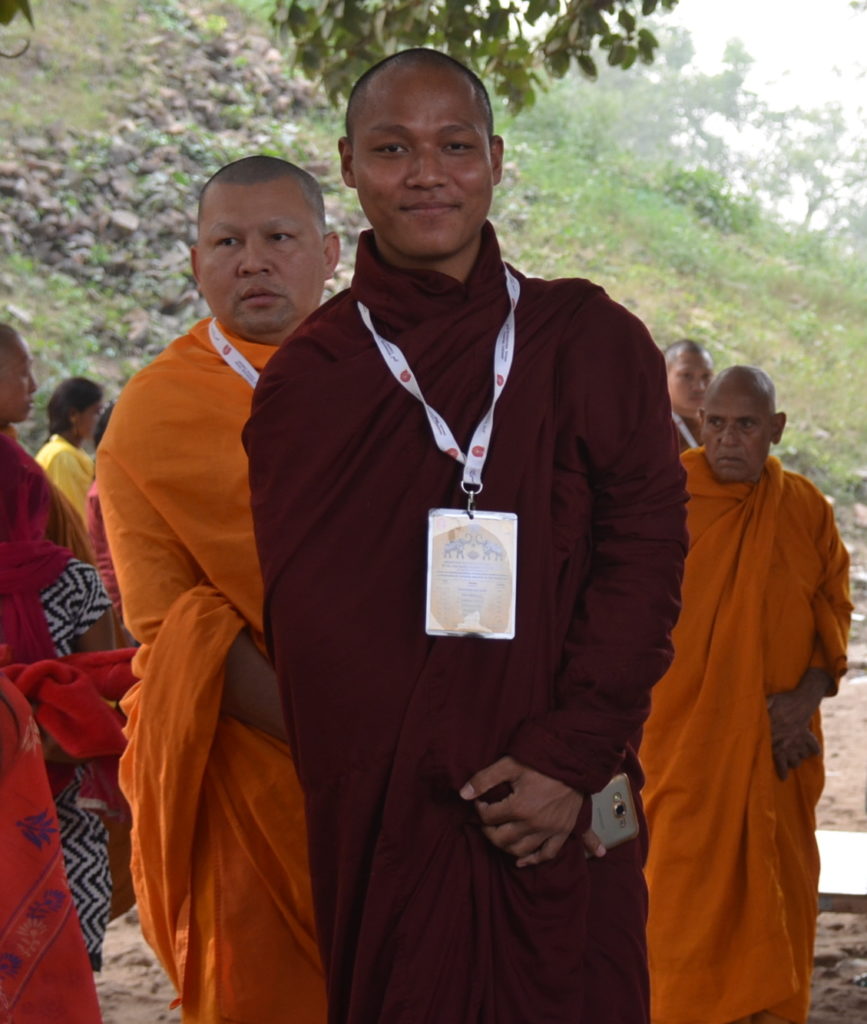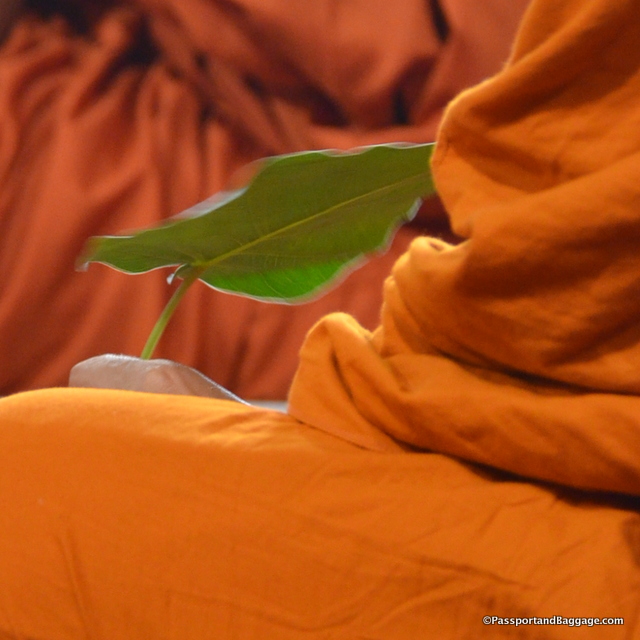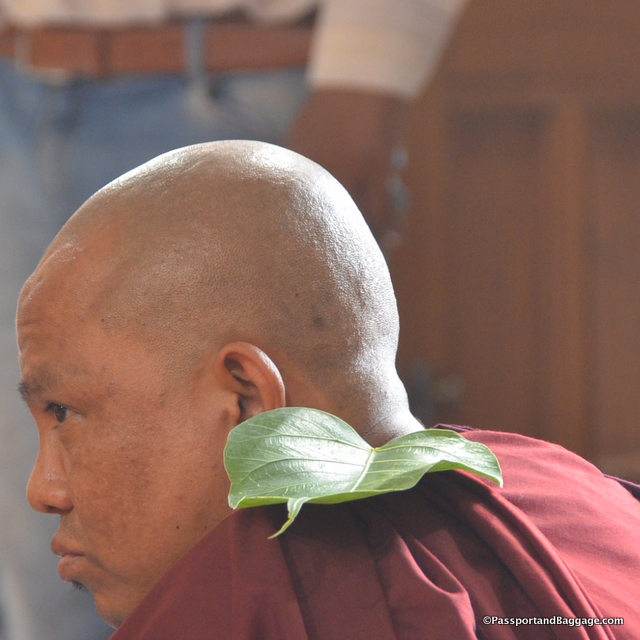November 2017
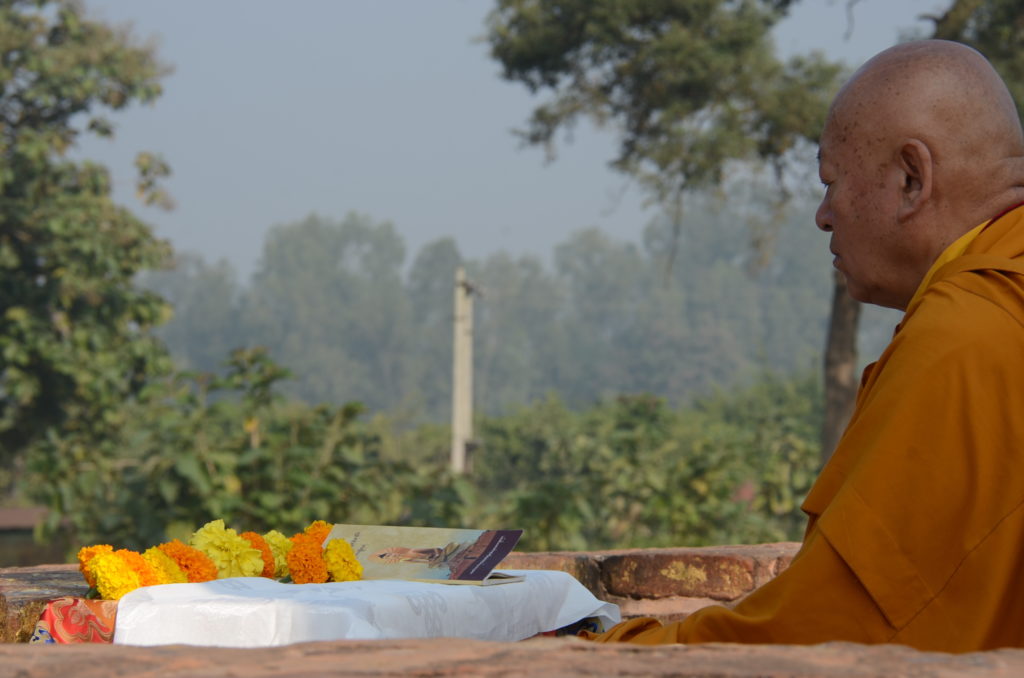 Today began at Jetavana. We were accompanied by His Holiness the Drikung Kyabgön Chungtsang. I had met him in Delhi, and he is truly one of the kindest people you will ever meet. All of my pictures of him are so terrific because his goodness just shines through. Like so many Tibetan monks, he suffered greatly at the hands of the Chinese, and yet you would never know it by his demeanor. He is quite the scholar besides. I strongly urge you to read his bio, which I have linked here.
Today began at Jetavana. We were accompanied by His Holiness the Drikung Kyabgön Chungtsang. I had met him in Delhi, and he is truly one of the kindest people you will ever meet. All of my pictures of him are so terrific because his goodness just shines through. Like so many Tibetan monks, he suffered greatly at the hands of the Chinese, and yet you would never know it by his demeanor. He is quite the scholar besides. I strongly urge you to read his bio, which I have linked here.
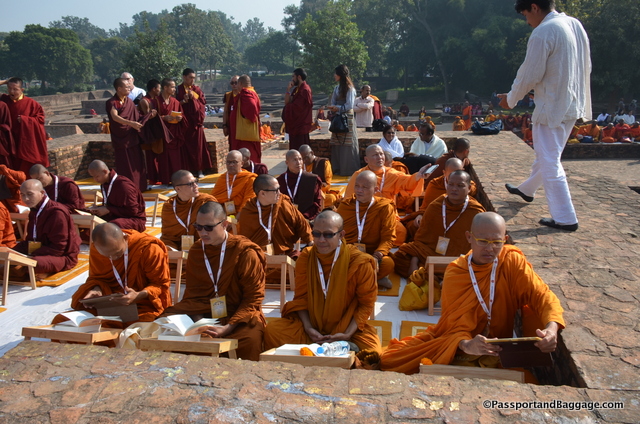 Our monks chanted at the Mulagandhakuth which are the remains of one of Buddha’s huts in Jetavana Monastery.
Our monks chanted at the Mulagandhakuth which are the remains of one of Buddha’s huts in Jetavana Monastery.
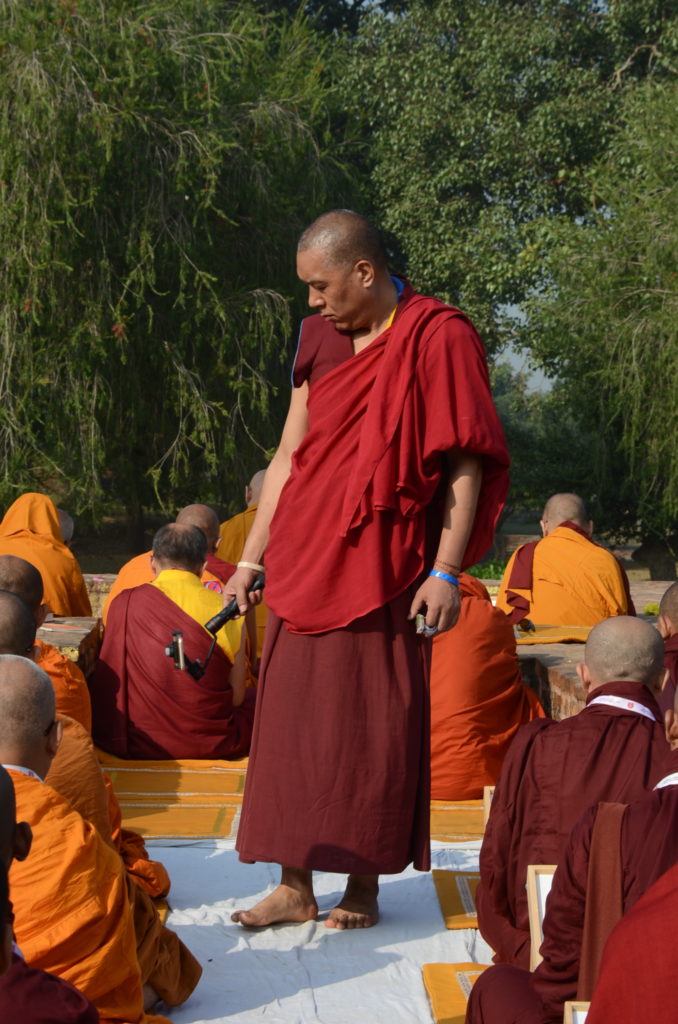
The selfie stick this guy had was amazing, it seemed to have some sort of gyroscope and always stayed level no matter what his angle was
I had to fight THREE official photographers that travel with His Holiness, and as the “girl” I was asked to get off of the wall I was standing on as it was holy ground. While I get that it is okay that the monk photographers stand on holy ground I was curious as to why the male layperson photographer wasn’t asked to get down. I ignored the request.
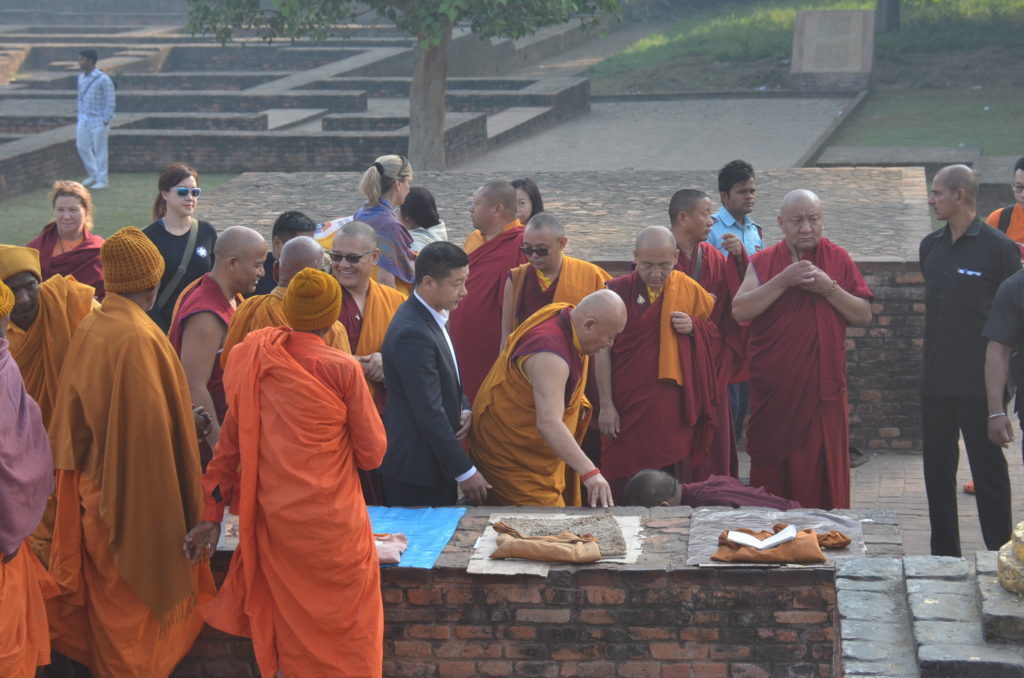
His Highness has people to remove his shoes. Read his bio, he deserves it. Besides rank and age do have their privileges
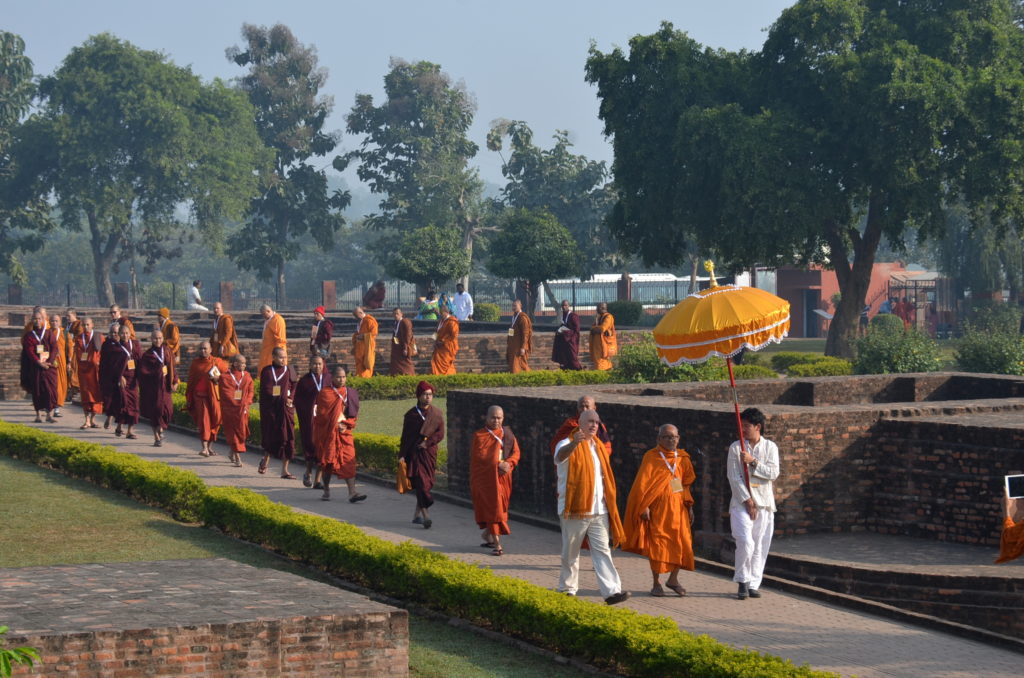
Our guys were a few minutes late but made a grand entrance none-the-less. The umbrella is a sign of respect.
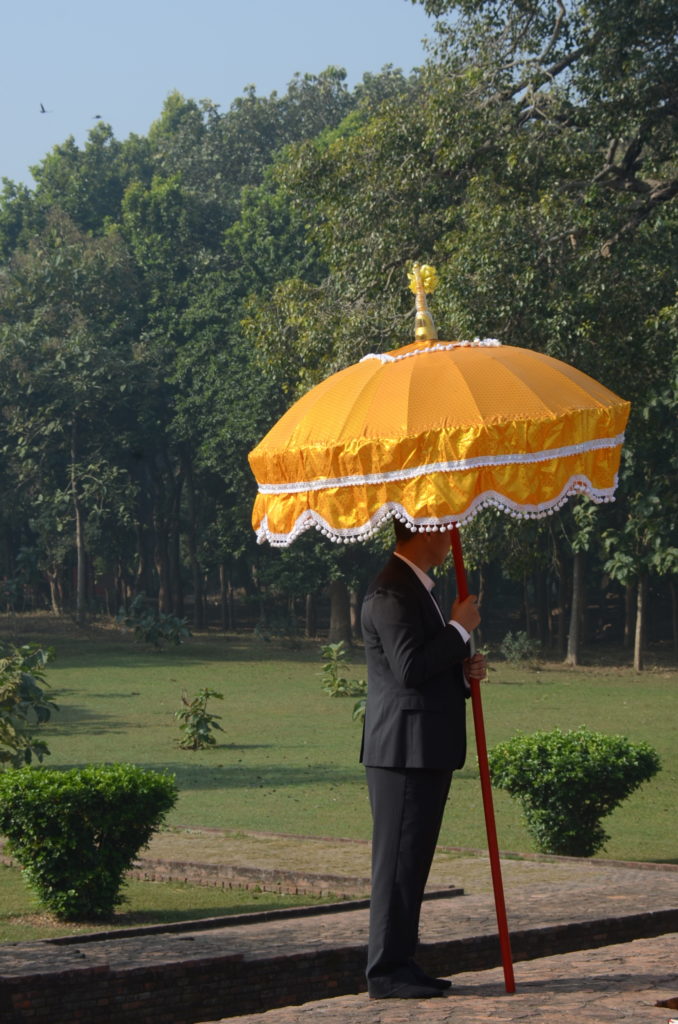
His Holiness’s umbrella keeper borrowed ours for the ceremony, I think because he thought it was a tad more formal.
The afternoon was once again spent chanting in the big tent the Tibetans had erected for their conference, and once again there was Tibetan chanting. I could sit and listen to the Tibetan chanting all day. It is really very gorgeous.
Chanting is different between countries. The style of chanting is influenced by the type of Buddhism practiced. Theravadan is the most rigid form of practice, and the chanters are not allowed to put melody into their chants, as that would imply they are enjoying it, rather than speaking the word of Buddha. All of our monks are Theravadan but the Burmese seem to put a more strict message in their chanting. The Thai’s have a lilt to their chanting, and because of that, it is much easier for me to follow. The Thai’s in my photos are in the saffron robes, and the Burmese are in the maroon robes. These are the Thai’s chanting on the Ganga River.
I had a few odds and ends to tack on here.
I was eating dahl the other day and there was a strange bean in it. Turns out it is the Makhana seed and is very particular to the state of Bihar in India. I will admit it was rather tasteless, but it was also the first I had ever seen or tasted.
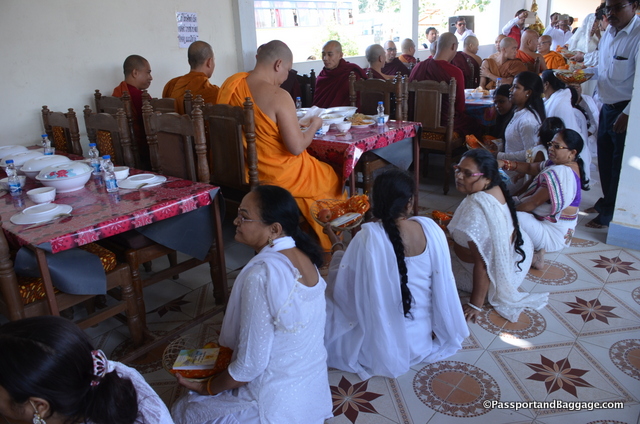 Gifts! Gifts are exchanged every time we meet someone. I showed you the pictures of the celebration at the Buddhist temple in Lucknow. Here is a photo of the people from Lucknow offering gifts to our monks.
Gifts! Gifts are exchanged every time we meet someone. I showed you the pictures of the celebration at the Buddhist temple in Lucknow. Here is a photo of the people from Lucknow offering gifts to our monks.
Today we gave them gifts of books and tote bags, and they gave us framed pictures of a famous monk and an inspirational saying.
I think it is a truly lovely tradition, but I always wonder if people consider how these things will get home. At GBU our monks were given huge, and I mean huge, pots for boiling water for tea. They absolutely loved them, but putting 30 of them on the bus was a sight to see, we are already squeezed pretty tight with all of the stuff we are carrying for the ceremonies, to say nothing of our own gear.
We are starting to look like a band of gypsies. We have our bus, the truck that carries all the cooks, kitchen and tents, and then another small van that carries the crew and their gear. Seriously, we look like a gypsy caravan when we roll into a monastery for the night.
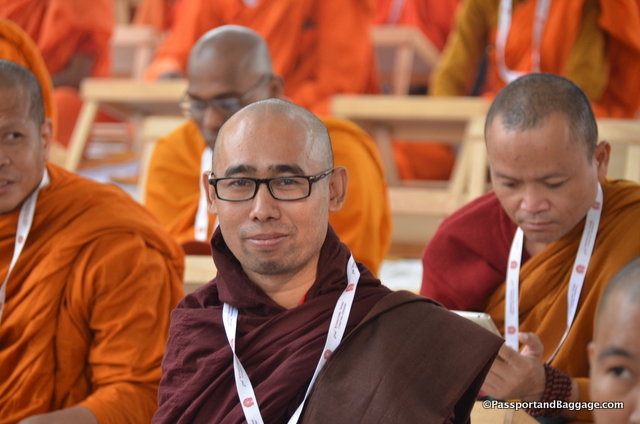 This is Pannavamsa. He graduated from Tamasriya, a school with 30,000 students. He studied there for three years, and while there he had no food and no place to sleep, so his master built him a hut and told him it was important to learn but eating was not.
This is Pannavamsa. He graduated from Tamasriya, a school with 30,000 students. He studied there for three years, and while there he had no food and no place to sleep, so his master built him a hut and told him it was important to learn but eating was not.
He is now in Bodh Gaya studying.
*
